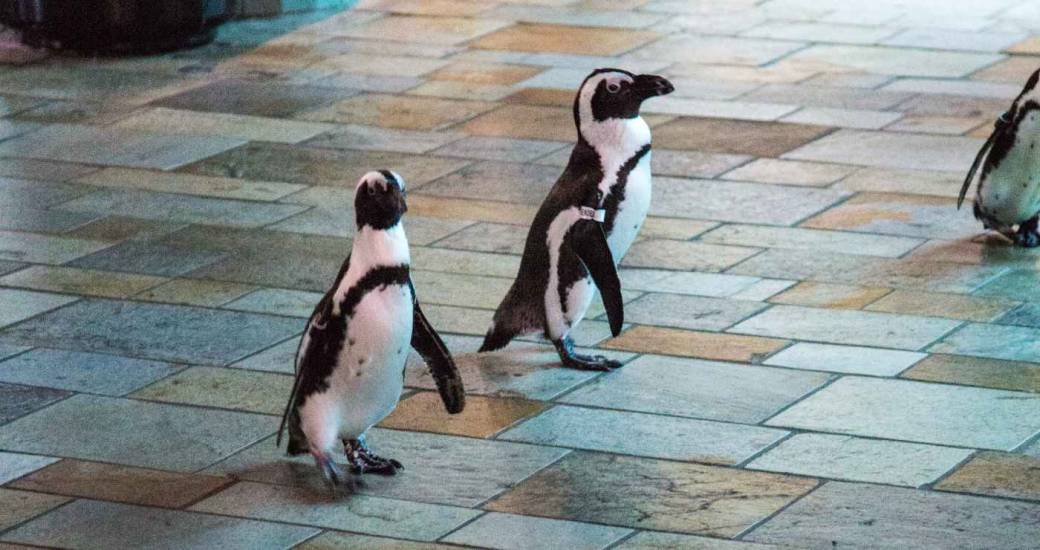Humanity’s finding new ways to communicate – but be careful
01 April, 2020 Reading: 3:21 mins
I think it it’s fair to say that we’re all in agreement at the moment – connection is vital, and people are finding new ways to do it; but the way brands do it is even more important.

I think it’s fair to say that we’re all in agreement at the moment – connection is vital, and people are finding new ways to do it; but the way brands do it is even more important.
We’ve all seen the new connections: the Spanish fitness instructor on a roof, neighbours singing together from their front gardens and balconies, 800,000 kids across the world jointly doing PE online with Joe Wicks, large scale virtual book groups springing up, older generations discovering FaceTime or other ways to connect to friends and loved ones from home. I’m sure you have your own great examples of connection and we’d love to hear about them!
The real point is, this awful situation is stripping away layers and showing that humans need to connect, that great communications have a genuine emotional layer, and that we can connect in far more ways than we think if we get creative.
Humour is a universal connector and can support your brand subtly. Recently the videos of the penguins walking around the aquariums were not only super-cute, they made me think about the animals and the place itself differently. Doncaster council have won praise online as they don’t just post ‘straight’ emergency reminders, they are using a range of channels that seem to be aimed at different demographics, from simple podcasts to tweets featuring the Kardashians and sloths.
After generations of ‘me first’ thinking, the virus is causing us to think differently, enjoy clearer skies and quieter streets, and connect with people while still social distancing (an awful and misunderstood term). Our street is now looking out and shopping for each other, using new and old ways to connect. We have lived here for years but we are meeting neighbours we barely knew.
So, brands should be thinking about how they communicate and what they say in these strange times. Obviously, there will be moves from out-of-home channels to more digital, which may drive greater levels of engagement – but there may be a big shift in what your stakeholders need to hear from your brand, so you need to think carefully about your approach. An IRI report from Australia emphasises FMCG brands’ role in ‘helping Australians feel safe and protected by ensuring access to fresh, affordable food and essentials’. Sainsbury’s in-store announcements now don’t just talk about social distancing, they reassure us that ‘Sainsburys is helping feed the nation’. In these strange times I believe your B2B buyers and their Board need frequent public reassurance, perhaps about how your brand is playing an appropriate part in things or how it remains a reliable part of their supply chain.
As the IRI report said, “Consumers will place more value than ever on authentic and transparent reassurances. It is an ideal time to collaborate, be supportive, helpful and calm. It is an opportunity to showcase brands as trusted partners…helping keep communities… safe and healthy.”
There are obvious risks at the moment: for example, be careful what you do with your customer data. This week’s well-meaning targeted emails from supermarkets have backfired as some recipients disliked being reminded that they are ‘vulnerable’ and have been left wondering whether their private medical data is being shared. Think hard of course about what you communicate and how it looks to an outsider: look at the glaring errors from Wetherspoons and the many other brands that have got it wrong.
Right now, we need to get creative and connect with people in genuine and uplifting ways. As IRI put it, “Finding opportunities to implement ‘small acts of kindness’ should be front-of-mind. [The way brands act] will shape brand equity in both the short and long-term.”
